- The Silk Road and the Ancient Tea-Horse Road are the two international channels through which Chinese tea is introduced to the West
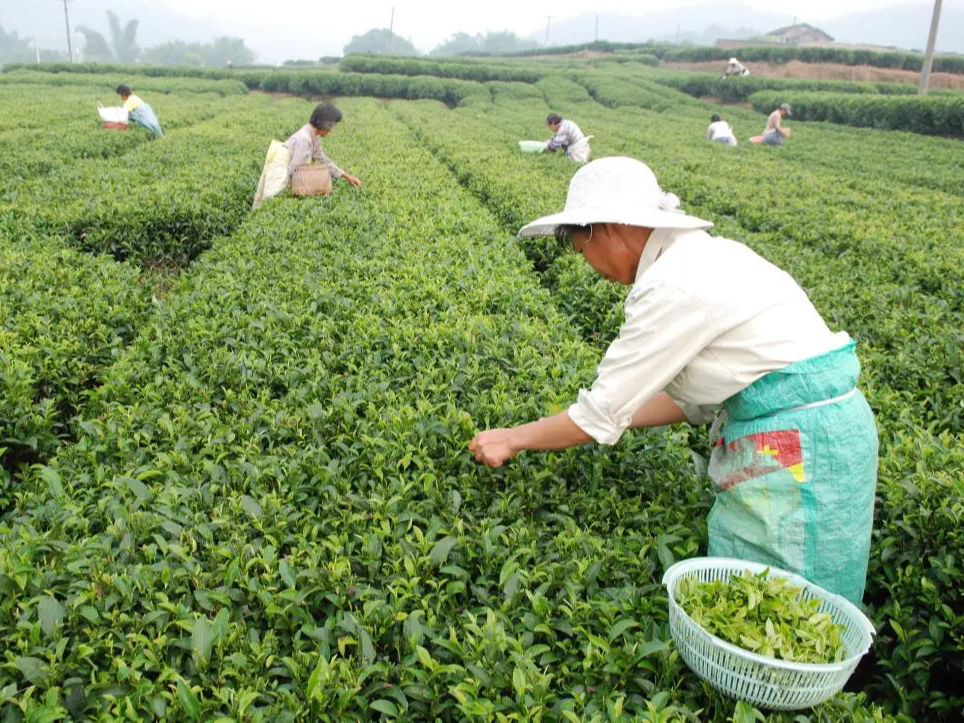
"Tea is drinking, originated from Shennong." China has a long history of tea drinking and tea culture. The record of tea as a tribute and sacrificial offering can be pushed to the period of King Wu of Zhou Dynasty, while the record of tea as a commodity only appeared in the Western Han Dynasty according to the existing literature.
From the perspective of tea history research, tea can become a commodity trade, indicating that tea drinking was already quite popular in the Western Han Dynasty. So, when did Chinese tea spread to the West?
The Silk Road and the Ancient Tea-Horse Road are the earliest and most famous two international passages through which Chinese tea was introduced into the West. The embryonic form of the Silk Road and the Ancient Tea Horse Road was also formed during the Western Han Dynasty. With Zhang Qian's mission to the Western Regions, silk and tea went to the West. But what makes people wonder is that there is no record of Chinese tea in the West.
Tea first appeared in Europe in 1559. The Venetian merchant La Mosio mentioned tea for the first time in his published "Navigation", which is more than 1,500 years away from the "Children's Treaty" praised by the King of the Western Han Dynasty in China. In the past 1,500 years, there is no word for tea in Western literature, let alone the trade and consumption of tea. What is even more puzzling is that in the famous "Marco Polo's Travels", we can't see his introduction to tea in a few words.
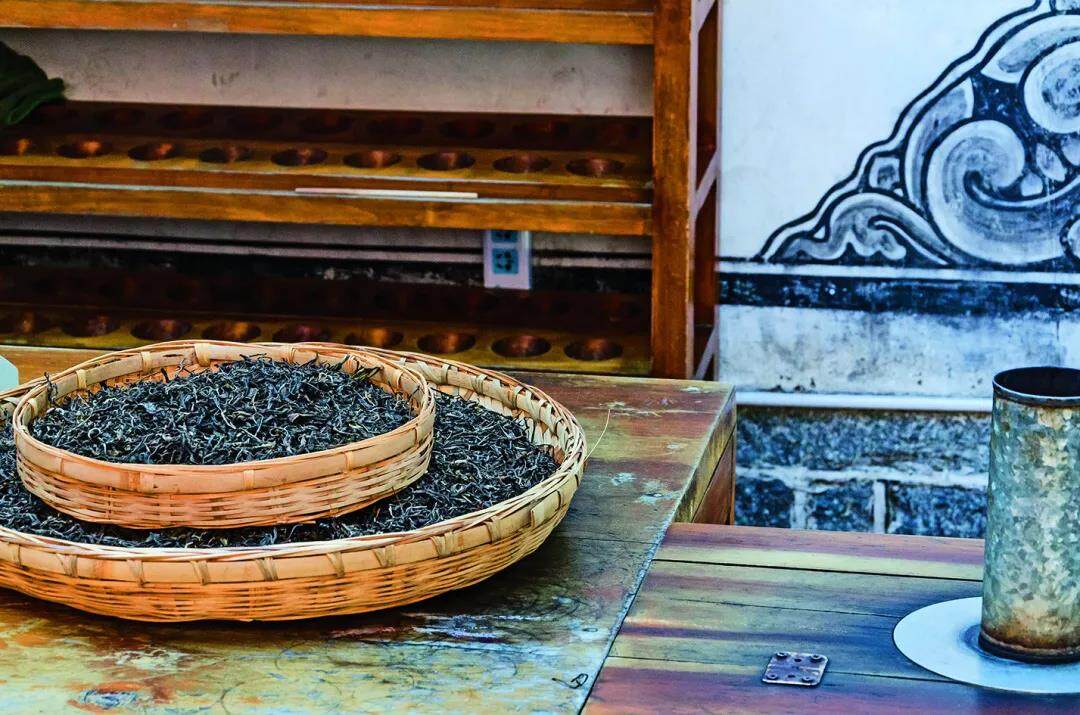
It was not until 1606 that the Dutch transported Chinese tea to Europe for the first time. However, in the 90 years since then, tea has not become an important commodity shipped to Europe. In 1704, the British merchant ship "Ghent" purchased 470 taels of tea in Guangzhou, worth 14,000 taels of silver, accounting for only 11% of the value of its cargo, while the silk carried was worth 80,000 taels of silver, which was several times the value of tea. .
In 1716, tea began to become an important commodity in Sino-British trade. Two British merchant ships bought 3000 pallets of tea from Guangzhou, worth 35,085 pounds, accounting for 80% of the total value. After the 1820s, tea consumption in Europe increased rapidly, and tea trade became the most important and profitable project for European trading companies in the East.
In the history of tea tasting, Tsarist Russia is much luckier than other European countries. In 1638, a Tsarist Russian envoy named Strakoff was ordered to visit Khan in Mongolia and brought precious mink fur as an audience gift. The Khan accepted the gift and gave back 200 packets of Chinese tea. The messenger brought the tea back to St. Petersburg. The czar ordered his servants to make tea and invite the ministers to taste it. Everyone agreed that the entrance had a wonderful fragrance. Since then, the Russians began a long history of tea drinking.
In fact, from the time when the West came into contact with tea in the 16th century, for more than three centuries thereafter, tea has been suspected by Westerners as "toxic." In 1664, after the East India Company paid tribute to the British King of tea, the fashionable aristocratic women tried to drink like the royal family, but they were worried that the tea was poisonous and they would drink brandy to "detox" after drinking the tea.
How is tea produced? Europeans have always been puzzled. This mysterious plant from the ancient eastern country has aroused great curiosity among Westerners. It wasn't until 1560 that the Portuguese Jesuit missionary, Cruz, disguised and mixed into a group of businessmen. In more than four years, he traveled between the Chinese trade ports and the mainland to understand the ins and outs of tea. After returning to China, he wrote a few years of experience in "Chinese Tea Drinks", which is the first European monograph to introduce Chinese tea.
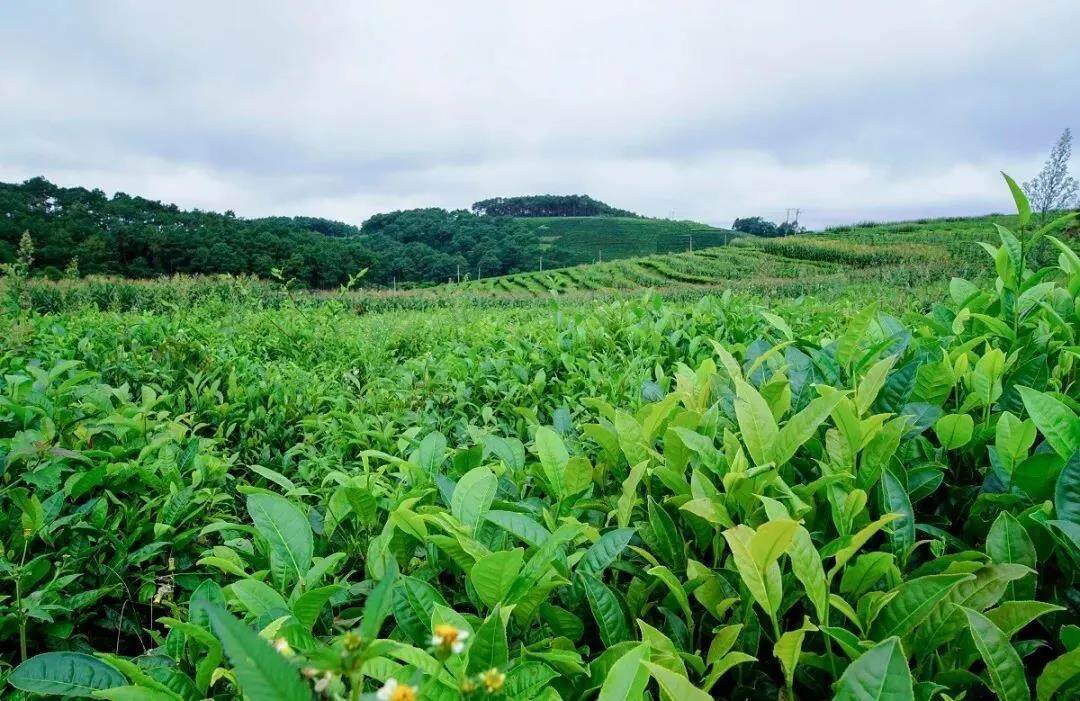
In 1848, the arrival of the Scottish "plant hunter" Fortune, truly solved the misunderstanding of Europeans about tea. For a long time, Westerners have always believed that tea trees are divided into green tea trees and black tea trees, but Fuqiong told them that the difference between green tea and black tea lies in the tea-making process. His view was initially questioned by the public and experts, and he was only recognized after he invited tea experts to openly make tea in the UK.
Around 1867, an Englishman named Tang Cooper came to China again. His planned inspection route was Chengdu-Ya'an-Kangding-Batang-India, but he only went to Batang and returned on the same route. The route taken by Tang Gubai is the ancient Sichuan-Tibet Tea Road (now known as the "Sichuan-Tibet Tea-Horse Road"). Biancha from Ya'an, Qionglai and other places are continuously transported to Tibet through this road. , Qinghai and other places.
Facing the magical "green" gold of tea, the British business community urgently needs to open the door to southwest China. After Tang Cooper, people kept entering Ya'an area to learn about Sichuan tea planting and side tea trade. Editor/He Yuting
Comment
 Praise
Praise
 Collect
Collect
 Comment
Comment
 Search
Search



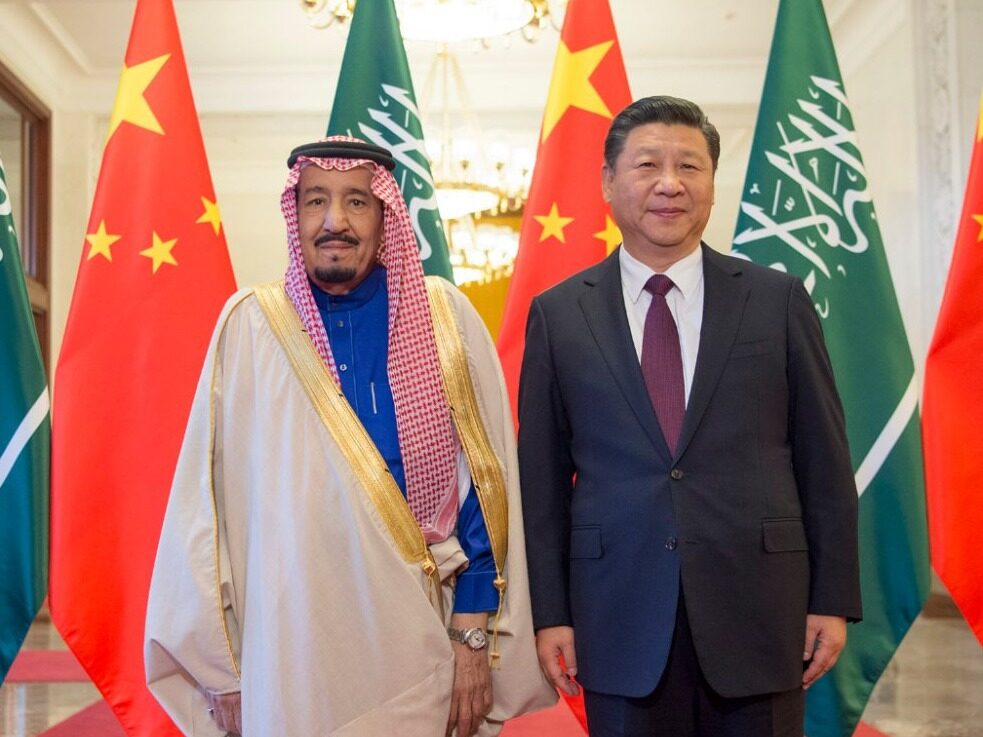


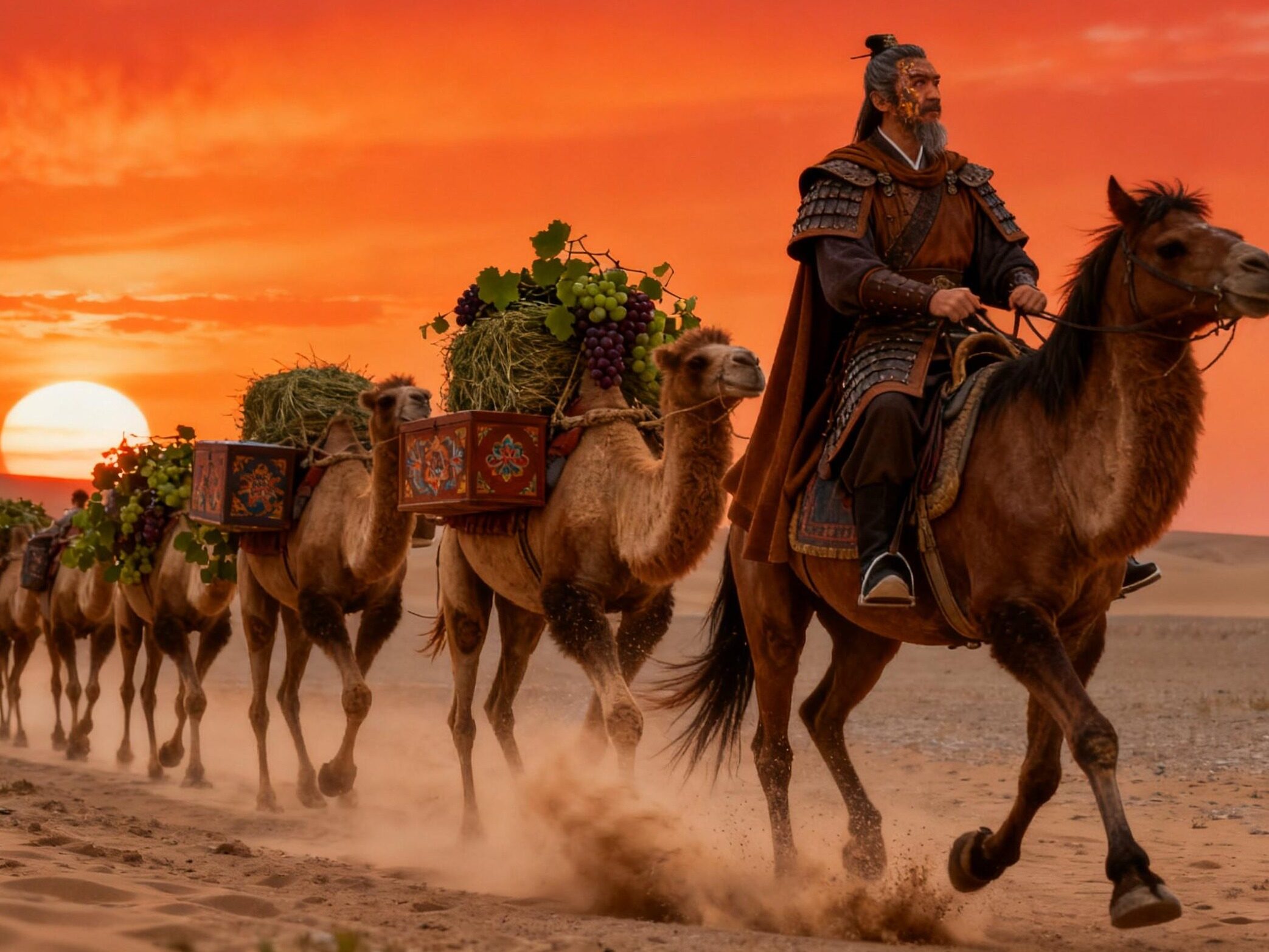
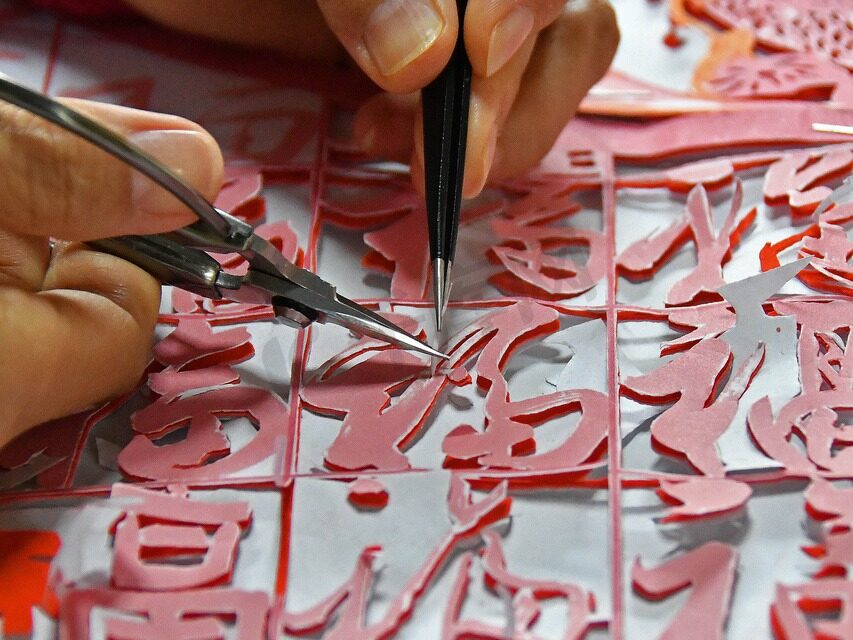






Write something~